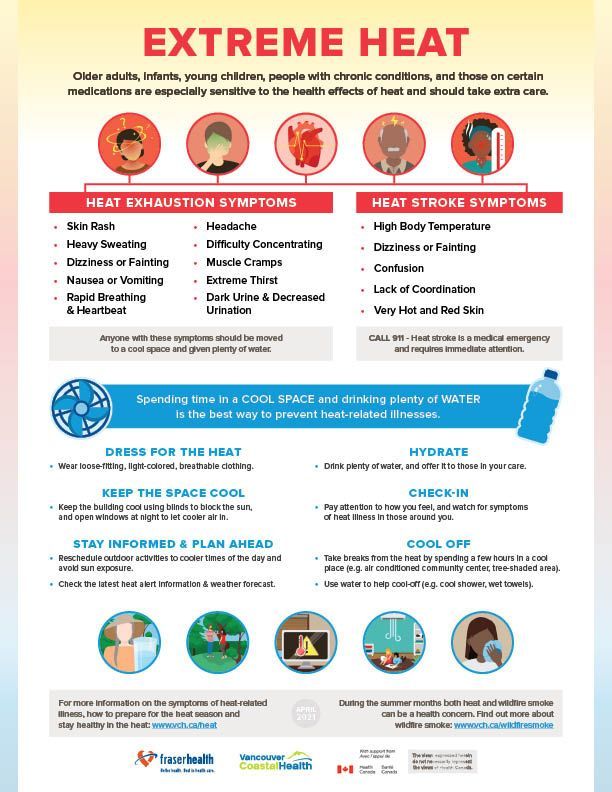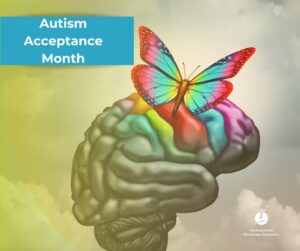Preparing for Extreme Heat Emergencies
Last year’s heat dome was an unexpected challenge; how can we prepare for the next?

The summer of 2021 was already set to be difficult as the COVID-19 pandemic remained prominent in the public consciousness. Though summers of recent years had been notable due to wildfires and the accompanying smoke, many were not prepared for the record-breaking heat dome which would come to rest over B.C.
On June 7th 2022, the B.C. Coroner’s Service released its findings on the 619 deaths that resulted from that heat dome, with the hope that future similar deaths could be avoided. Even though this coming summer is expected to be more typical than the last, climate instability means we won’t always be able to accurately predict when extreme weather is on the way, so preparation is essential.
The report identified three key recommendations to reduce heat related deaths in B.C.:
1. A coordinated provincial heat alert response system.
The B.C. government has recently rolled out their answer to this need: the BC Heat Alert and Response System. This is a newly introduced infrastructure designed to monitor and alert populations to impending heat emergencies. The program will be issuing alerts through the Public Weather Alerts and through the WeatherCAN app, so consider having these resources within quick and easy access. The WeatherCAN app can be configured on your phone or tablet to provide push notifications. In the event of an extreme heat emergency, a warning will be issued through Alert Ready, which is a wireless alert system already used to issue Amber Alerts and tsunami warnings.
2. Ensuring vulnerable populations are identified and supported during extreme heat events
This section of the report indicates a number of groups that fall in this category. Among them, people with chronic diseases, limited mobility, cognitive impairments, and people with these conditions who live alone. In the event of another dangerous heat wave, it is vitally important that we all take care of the people in our lives fitting these descriptions. Some developmental conditions such as Down syndrome can affect heat regulation, and difficulty communicating can lead to individuals being unable to express just how overheated they are. We all have a responsibility to help each other during a crisis, so make sure you’re checking in on each other.
Home and Community Care Services are going to be guided towards assisting these populations as well, and the Union of BC Municipalities will be reviewing and considering adoption of community wellness checks in the near future — though how a program such as that would be implemented remains uncertain.
3. Implement extreme heat prevention and long-term risk mitigation strategies
This recommendation is a more long-term approach to mitigating the risks of extreme heat emergencies. For this year, the coroner’s service suggests broad distribution of the Extreme Heat Preparedness Guide, which includes a number of tips and strategies to keep safe during extreme heat. By 2023, they suggest including active and passive heat regulation measures in home renovation rebates. Furthermore, they recommend additions to the BC Building Code to incorporate passive and active cooling requirements in new housing construction, to be implemented by 2024.
Climate change suggests that unpredictable and extreme weather events are likely to continue; adapting to the new paradigm will be a difficult but not impossible challenge. It calls for greater caution, foresight, and preparation. Perhaps most of all, it calls for care; for ourselves, for our loved ones, and for everyone in our community.



